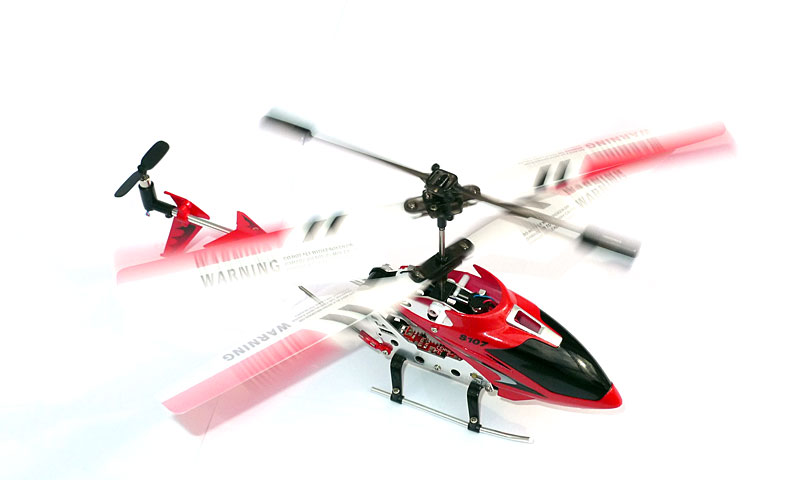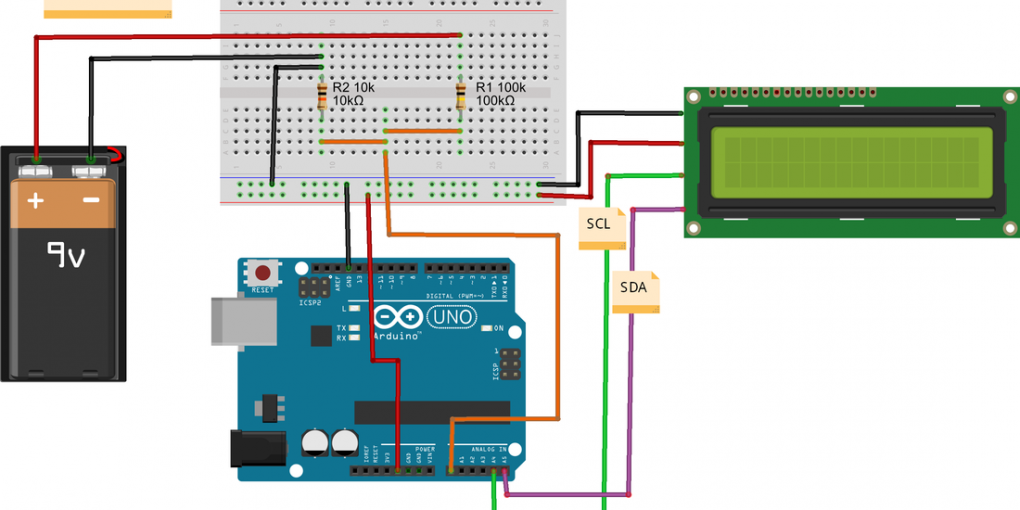- makeITcircular 2024 content launched – Part of Maker Faire Rome 2024Posted 2 weeks ago
- Application For Maker Faire Rome 2024: Deadline June 20thPosted 2 months ago
- Building a 3D Digital Clock with ArduinoPosted 7 months ago
- Creating a controller for Minecraft with realistic body movements using ArduinoPosted 7 months ago
- Snowflake with ArduinoPosted 8 months ago
- Holographic Christmas TreePosted 8 months ago
- Segstick: Build Your Own Self-Balancing Vehicle in Just 2 Days with ArduinoPosted 8 months ago
- ZSWatch: An Open-Source Smartwatch Project Based on the Zephyr Operating SystemPosted 9 months ago
- What is IoT and which devices to usePosted 9 months ago
- Maker Faire Rome Unveils Thrilling “Padel Smash Future” Pavilion for Sports EnthusiastsPosted 10 months ago
Wireless Power contest challenge, check the new ideas submitted

Wireless power transfer was first demonstrated by –Nikola Tesla– in the 1890s; however, it is actually only in the last decade that the technology has been harnessed to the point where it offers real, tangible benefits to real world applications.
The basis of a wireless power system is essentially two coils: a transmitter and receiver coil. The transmitter coil is energized by alternating current to generate a magnetic field, which in turn induces a current in the receiver coil.
We’ve partnered with –Integrated Device Technology, Inc.– and –Würth Elektronik– to find new applications for Wireless Power.
Show us your ideas on how you want to use the Wireless Power Kit developed byFutura Elettronica. The Wireless Power Kit includes an FT1235 5W transmitter and an FT1236 5W receiver.
Here are the latest project we have received!

Helicopter landing pad with integrated wireless charging
The RC helicopter will begin take off from a landing pad which is charged wirelessly (The RC Helicopter contains the receiver and the pad contains the transmitter).
This will also serve as a game and since the aim of the game is to land on the pad, the helicopter is likely to be left charging. This would also display the helicopter when unused.
The electronics should be relatively simple to setup and afix to any existing RC helicopters. This might involve a simple charging circuit for the 3.7V battery, depending on the receiver wireless hardware.

Solar Power Station for Autonomous Rover Charging
The project will consist on the developpment of a solar power station and a rover. The rover will use the station to reload its battery. The station will use solar cells to reload its battery. A Bluethooth module (BLE) will allow the communication between the rover and the station. The system of Trilateration will be develop to allow the rover to find back the station (zigbee base trilateration system).

Temperature and humidity communication between two Arduino with 2 NRF24L01
In this project we will see how to create dialogue 2 Arduino UNO board via a wireless network in a simple and economical with 2 nRF24L01 modules. These modules will communicate with each other the two Arduino boards via two-way radio frequency to 2.4 GHz. The first board will be electrically connected in the home, the second (external) will be powered by a battery charged via wireless. We display it on a LCD display the temperature and humidity outside.

Source: Challenge Wireless Power – Contest Open-Electronics, check all the new ideas on the challenge page















